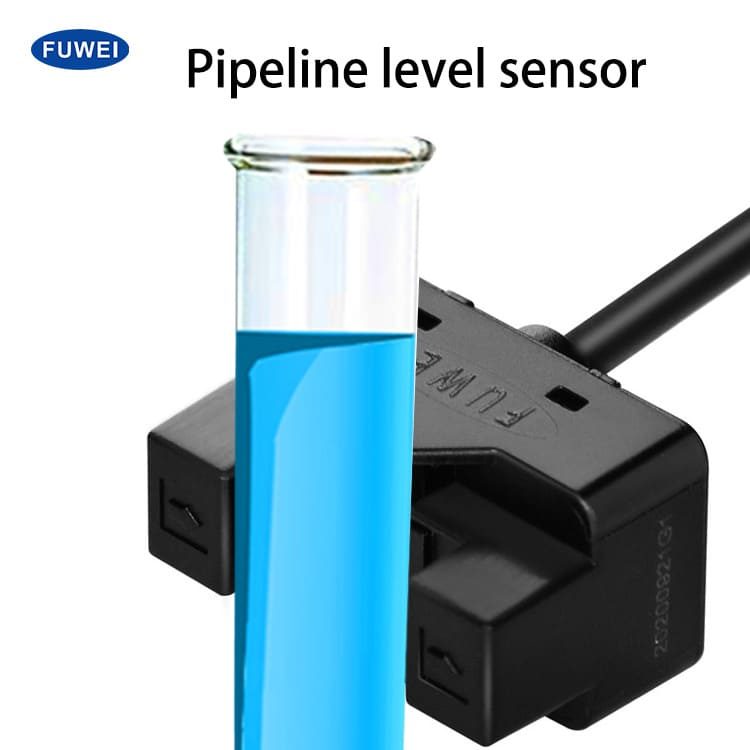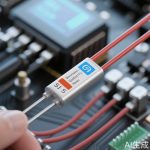In today’s rapidly evolving industrial landscape, the integration of sensors has become a cornerstone of modern manufacturing and automation. Industrial sensor integration refers to the seamless incorporation of various sensing technologies into manufacturing processes, machinery, and systems to collect, monitor, and analyze data in real-time. This technological advancement is transforming how industries operate, enabling unprecedented levels of efficiency, precision, and intelligence in production environments.
The foundation of industrial sensor integration lies in its ability to bridge the physical and digital worlds. Sensors act as the eyes and ears of industrial operations, capturing critical data points such as temperature, pressure, vibration, proximity, and countless other parameters. When these sensors are intelligently integrated into a cohesive system, they create a comprehensive network that provides valuable insights into every aspect of the manufacturing process.
One of the most significant advantages of proper sensor integration is the enhancement of operational efficiency. By continuously monitoring equipment performance and production metrics, integrated sensor systems can identify bottlenecks, predict maintenance needs, and optimize resource allocation. This proactive approach to manufacturing not only reduces downtime but also extends equipment lifespan, resulting in substantial cost savings and improved return on investment.
Quality control has been revolutionized through advanced sensor integration. Modern manufacturing facilities now employ sophisticated vision systems, laser sensors, and precision measurement devices that work in harmony to ensure products meet exact specifications. These integrated systems can detect microscopic defects, measure tolerances with incredible accuracy, and automatically reject non-conforming items without human intervention, maintaining consistently high quality standards throughout production runs.
The emergence of Industry 4.0 and smart factories has accelerated the adoption of comprehensive sensor integration strategies. In these advanced manufacturing environments, sensors are no longer isolated components but integral parts of interconnected ecosystems. They communicate with other machines, control systems, and enterprise software, creating a seamless flow of information that enables autonomous decision-making and adaptive manufacturing processes.
Safety represents another critical area where sensor integration has made tremendous impact. Modern industrial facilities utilize integrated sensor networks to monitor environmental conditions, detect hazardous situations, and ensure worker safety. From gas detection systems to emergency stop mechanisms and personnel tracking, these integrated safety solutions create protective layers that significantly reduce workplace accidents and ensure compliance with stringent safety regulations.
Despite its numerous benefits, implementing effective sensor integration presents certain challenges that organizations must address. Compatibility issues between different sensor types and communication protocols, data management complexities, and cybersecurity concerns are among the key considerations. Successful integration requires careful planning, standardized communication protocols, and robust cybersecurity measures to ensure reliable and secure operation.
The future of industrial sensor integration looks increasingly promising with the advent of emerging technologies. Artificial intelligence and machine learning algorithms are being integrated with sensor networks to enable predictive analytics and self-optimizing systems. Meanwhile, advancements in wireless technology and edge computing are making sensor integration more flexible and scalable than ever before, opening new possibilities for industrial automation and intelligence.
As industries continue to embrace digital transformation, the strategic integration of industrial sensors will remain a critical factor in maintaining competitive advantage. Companies that successfully implement comprehensive sensor integration strategies will benefit from improved operational visibility, enhanced decision-making capabilities, and increased adaptability in the face of changing market demands. The journey toward fully integrated smart manufacturing may be complex, but the rewards in terms of efficiency, quality, and innovation make it an essential pursuit for forward-thinking industrial organizations.




Leave a Message